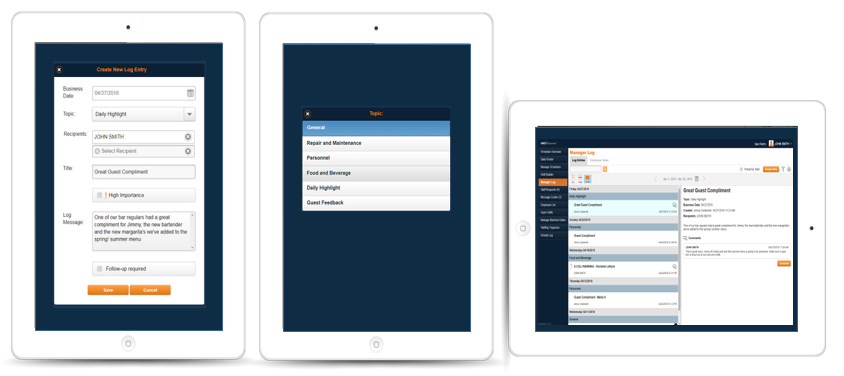Sponsored by CrunchTime!
Where have all the young workers gone?
Today’s teenagers have different priorities than their parents, and that is not good news for the restaurant industry. The Bureau of Labor Statistics (BLS) states that labor force participation rates among individuals between the ages of 16 and 19 is at around 30 percent. Participation rates peaked in 1980 at close to 60 percent and remained steadily over 50 percent into the early 2000s, so the decline over the past 15 years is significant. According to the BLS, that number will continue to trend down to around 20 percent by 2024.
Instead of taking part time jobs in industries like restaurants, today’s teenagers are more focused on education. According to the BLS, in the summer of 2016 40 percent of 16-19 year olds took classes outside their standard schooling, which is dramatically higher than the 10 percent who took such classes back in 1985.
Rising labor costs and competition
A lack of available young workers is not the only problem restaurants are facing. High turnover and initiatives like the fight for $15 per hour are leading to an increase in labor costs. And labor challenges don’t just impact the bottom line, they can affect guest satisfaction.
According to the 2018 Technomic State of the Industry, 86 percent of consumers consider speed of service when selecting a restaurant. This has led to an increased reliance on third party delivery services. In 2016, Doordash, Postmates, and Uber Eats combined to partner with 10,200 restaurants. In 2017, that number increased to 68,500. But ironically, the reliance on third party delivery partners is contributing to labor challenges, as they are yet another competitor in the battle to attract individuals that might otherwise be working in a restaurant.
Combining technology and the personal touch
Technology can play a significant role in solving many of today’s labor issues. Your workforce’s experience is just as important as that of your customers, because the two often go hand-in-hand. Whether they are seating guests, waiting on them, or cooking their meals, team members that are adequately trained and engaged in their roles will provide your guests with a better experience. Having the right labor tools in place for standards training and employee communication will go a long way towards achieving this outcome.
 With delivery and takeout becoming more prevalent in today’s restaurants, using restaurant back office software to properly sales forecast and staff each shift will optimize in-store labor costs. It can also help mitigate the stress your team members feel when they’re short staffed or can’t find someone to cover a shift. Retention is a high priority, and the right tools will not only keep your staff happy by empowering them, they will help increase the overall productivity and profitability of your operations.
With delivery and takeout becoming more prevalent in today’s restaurants, using restaurant back office software to properly sales forecast and staff each shift will optimize in-store labor costs. It can also help mitigate the stress your team members feel when they’re short staffed or can’t find someone to cover a shift. Retention is a high priority, and the right tools will not only keep your staff happy by empowering them, they will help increase the overall productivity and profitability of your operations.
Want to learn more? Visit the CrunchTime blog and learn more about our holistic approach to solving complex labor problems with our leading restaurant back office solutions.




